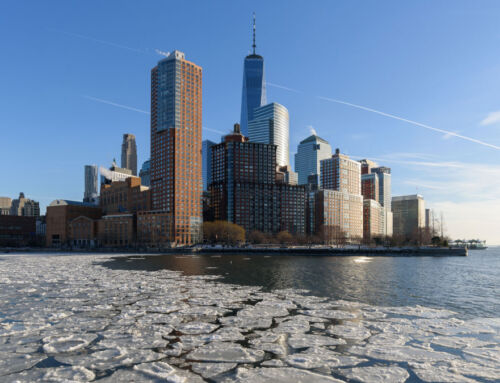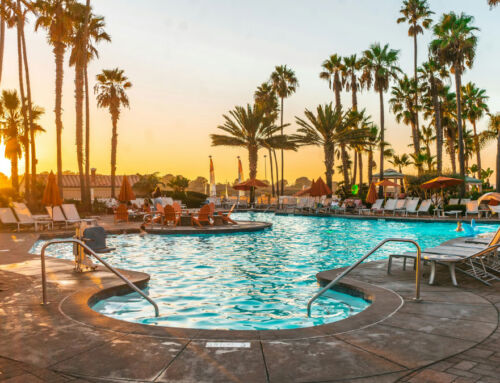In 1977, a concept was born in Orlando, Florida, United States, that was destined to… rather than revolutionize, initiate a particular sector of the entertainment industry in general. Its creator understood water as a playful element, especially conducive to fun. George Millay—incidentally, founder of SeaWorld, a chain of marine mammal parks, oceanariums, and animal theme parks—added a bit of technological innovation to the recipe, in addition to water; he brought it all together in one place and turned it into a source of shared experiences.
So, Millay conceived what was then called Wet’n Wild, the world’s first modern water park. Vertigo-inducing slides, like Bomb Bay, wave pools, colourful floats… Wet’n Wild not only attracted millions of visitors, but also became a model for the nascent leisure and tourism sector.
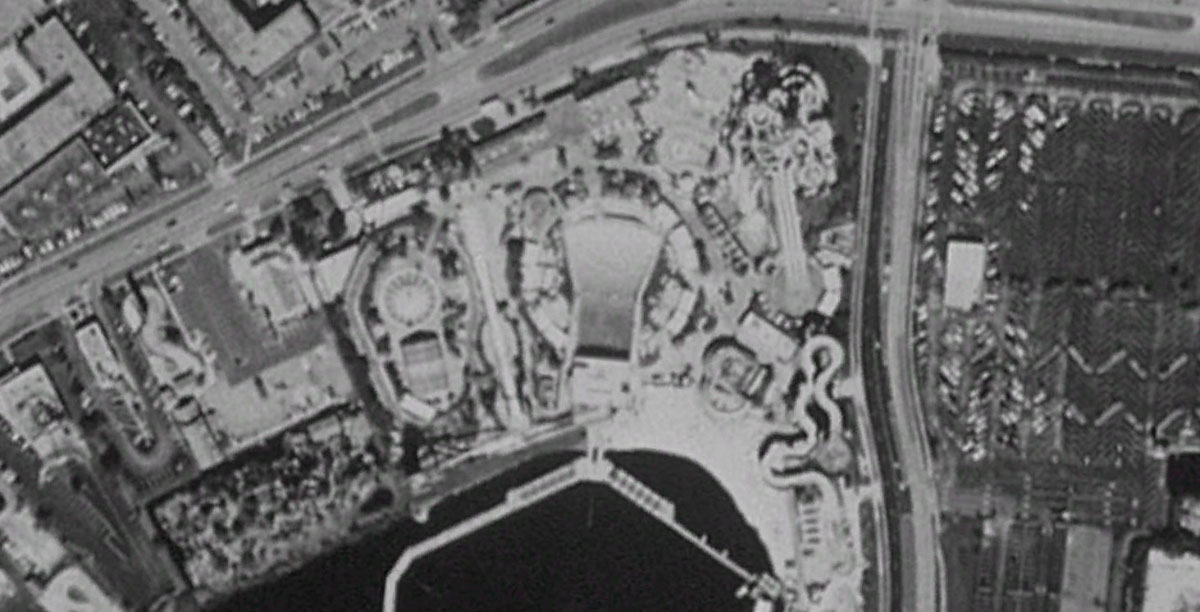
The success of a pioneering model
Wet’n Wild combined bold engineering and pop culture. Attractions like Disco H2O (a slide with synchronized music and lights) and The Surge (a rapids river) reflected its philosophy: active fun. This approach elevated the park to a generational benchmark, with a profitability per square foot that caught the attention of major operators. Universal Orlando Resort took notice and acquired it in 1998.
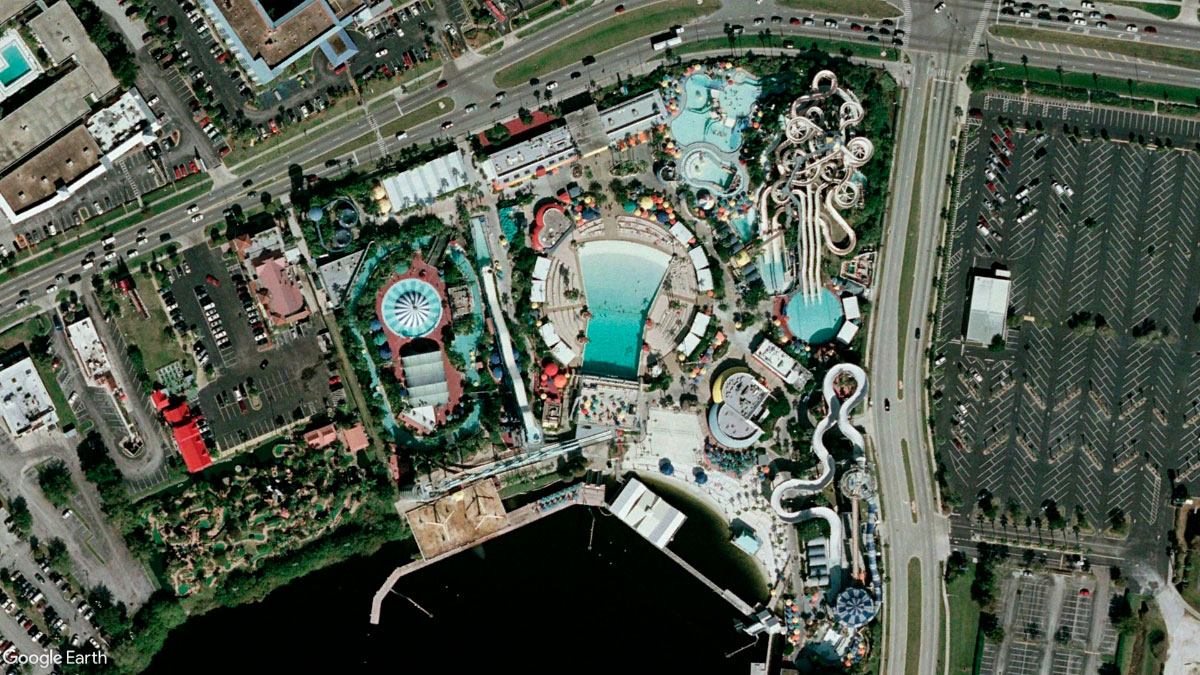
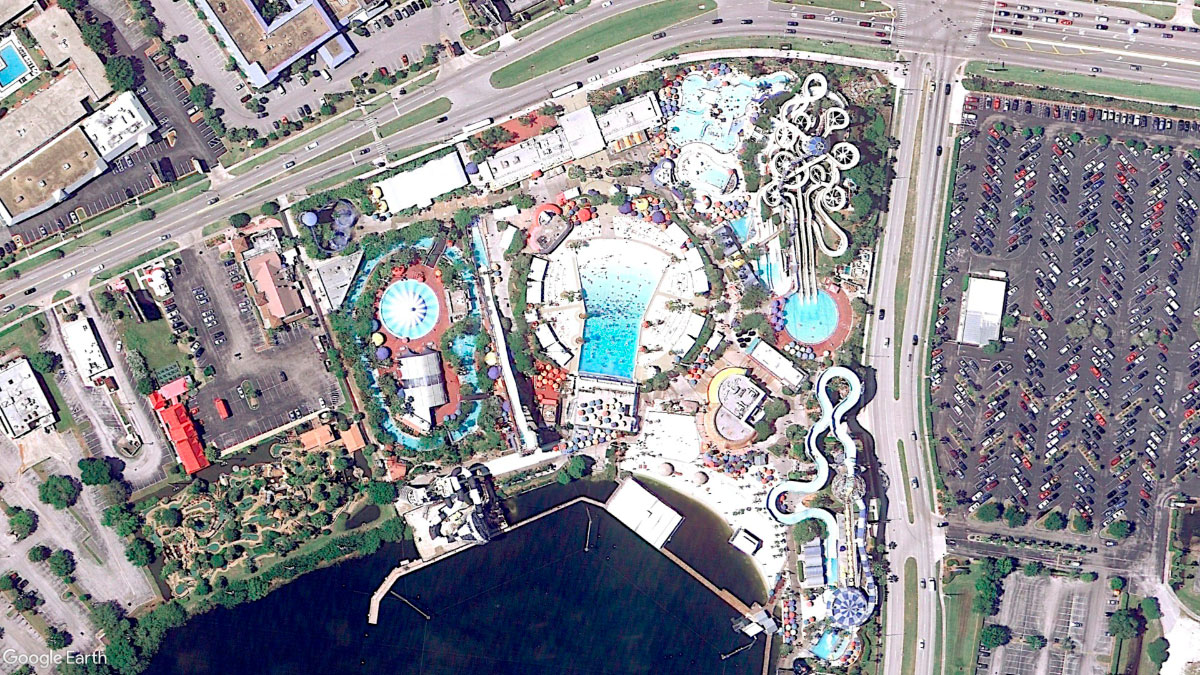
The twilight of an era and the birth of a volcano
Wet’n Wild closed its doors in 2016, but it wasn’t a goodbye, but rather a rethink. Universal was planning something more ambitious, and that something arrived in May 2017: Volcano Bay. This new park represented a conceptual leap forward. Inspired by the islands of the South Pacific, its heart was the Krakatau volcano, a 60-metre structure that houses attractions like Ko’okiri Body Plunge (the tallest free-fall slide in the US) and Krakatau Aqua Coaster (a magnetically powered water coaster). Another innovation was TapuTapu technology, smart wristbands for managing queues—now called “virtual queues”—and payments, eliminating physical waits.
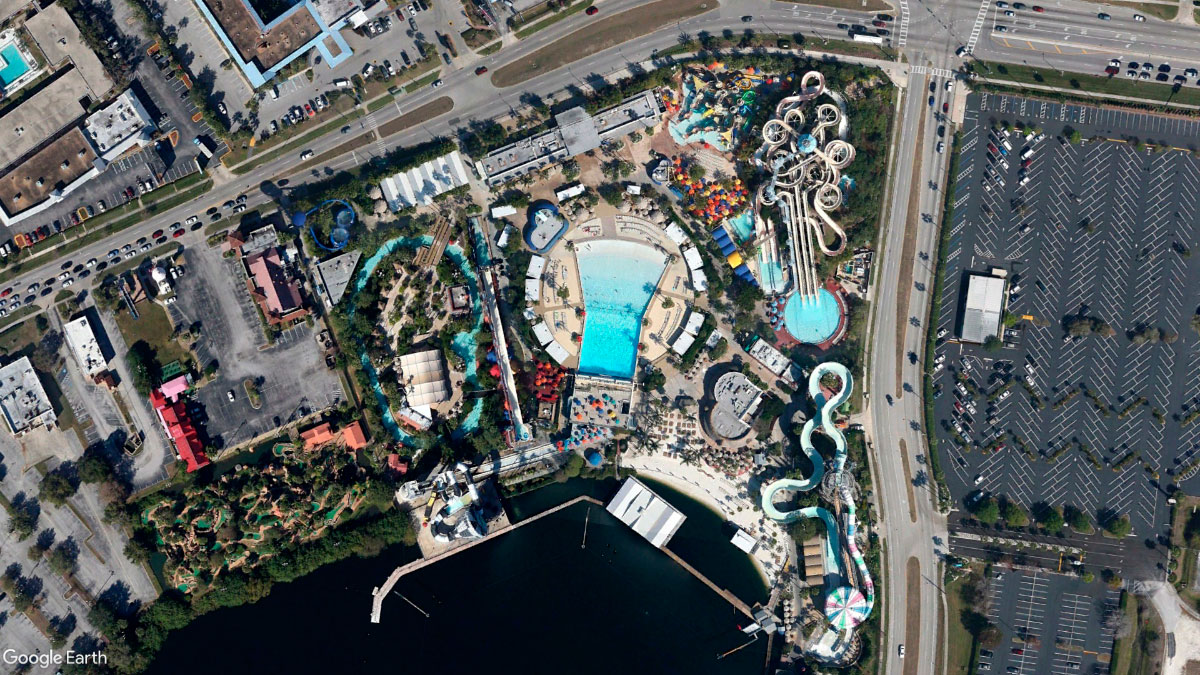
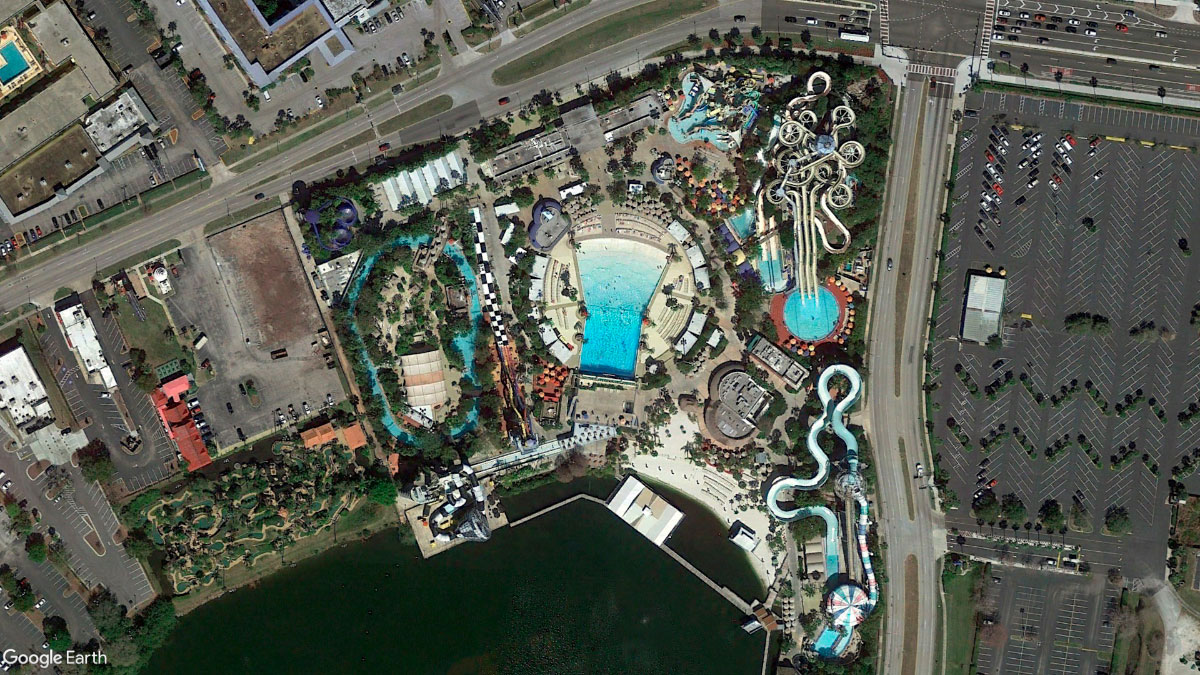
From park to resort: The expansion of Universal’s concept
The former Wet’n Wild site didn’t disappear: it was transformed into Universal’s Endless Summer Resort, a mid-range hotel complex opened between 2019 and 2020. With Surfside Inn and Suites and Dockside Inn and Suites, Universal offered affordable accommodations linked to its water park and theme park, in an integrated leisure and tourism strategy: stay + attractions + water park.
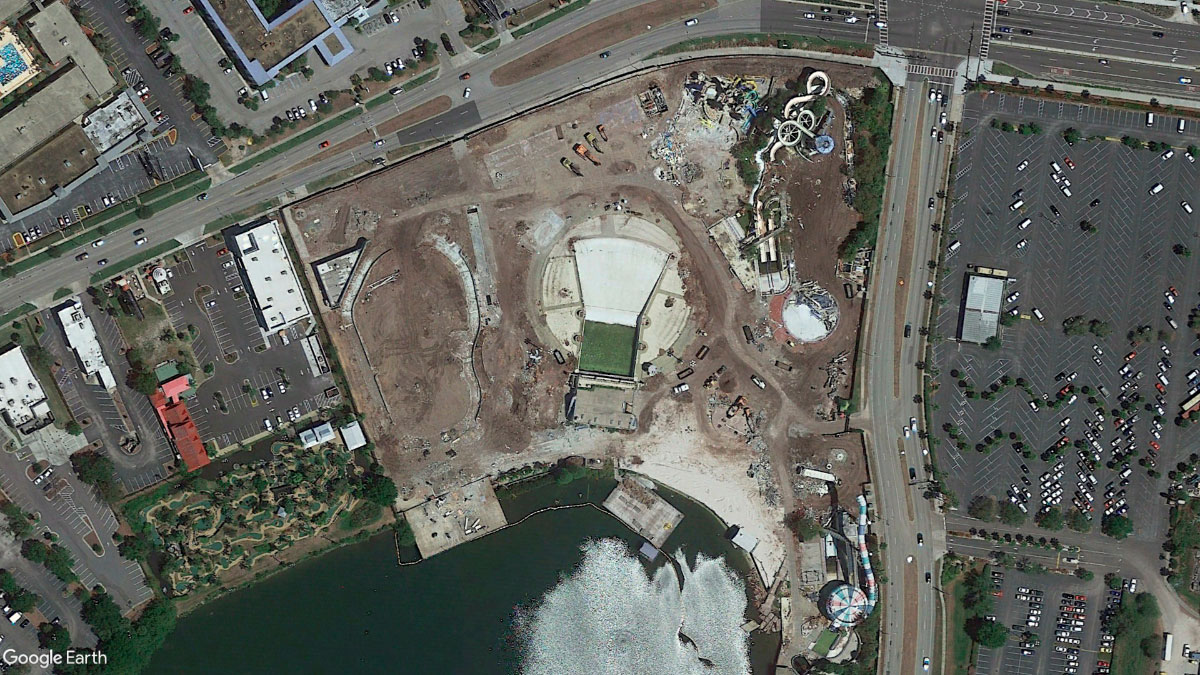
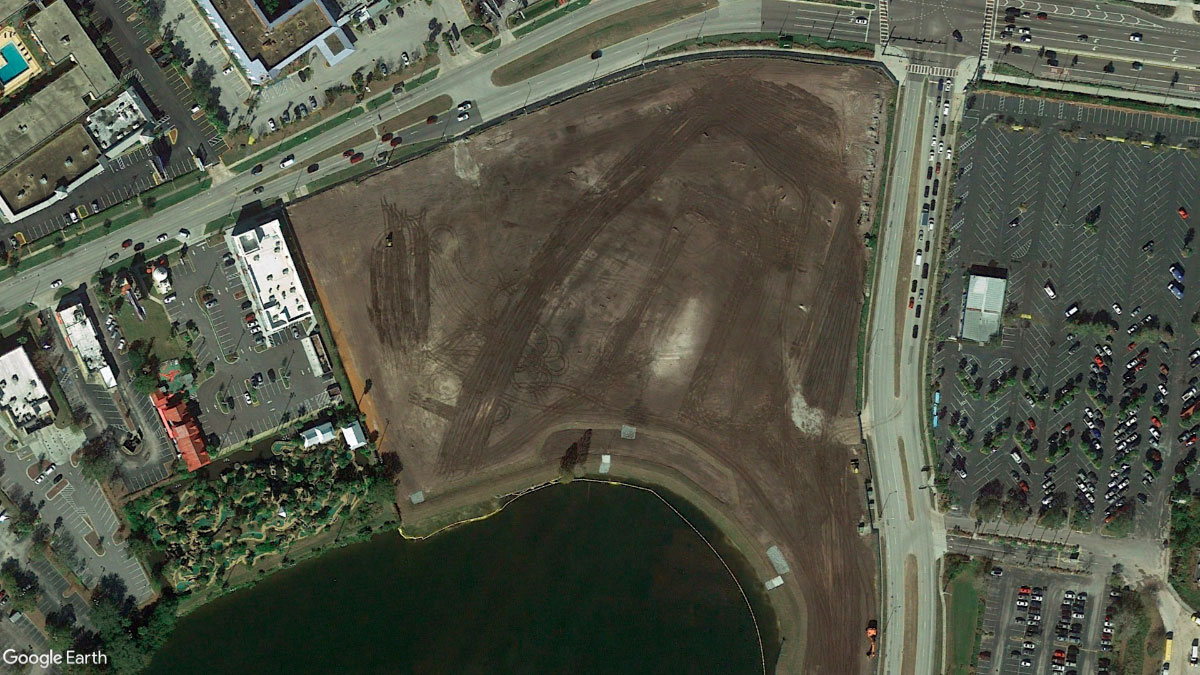
Legacy and innovation: The lesson from Orlando
The evolution of Wet’n Wild to Volcano Bay illustrates a key principle in the water park industry: adapt or become obsolete. Millay imagined a concept; Universal brought it into the 21st century with themed storytelling and new technologies. Fun, after all, has no expiration date.
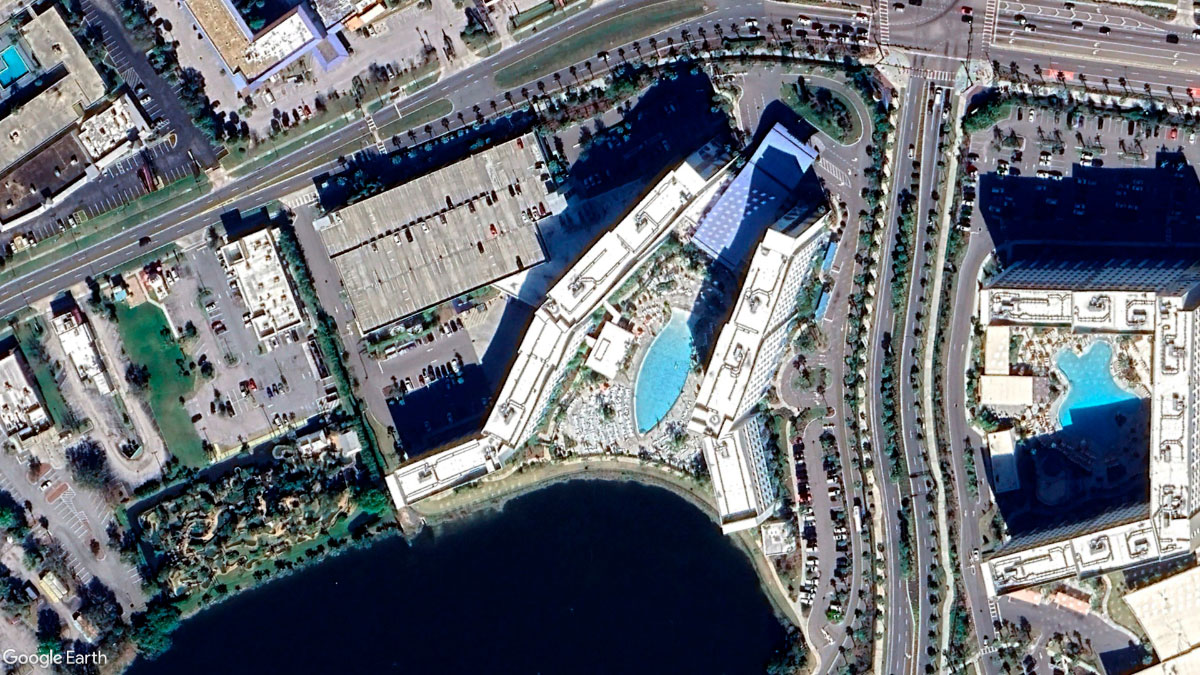
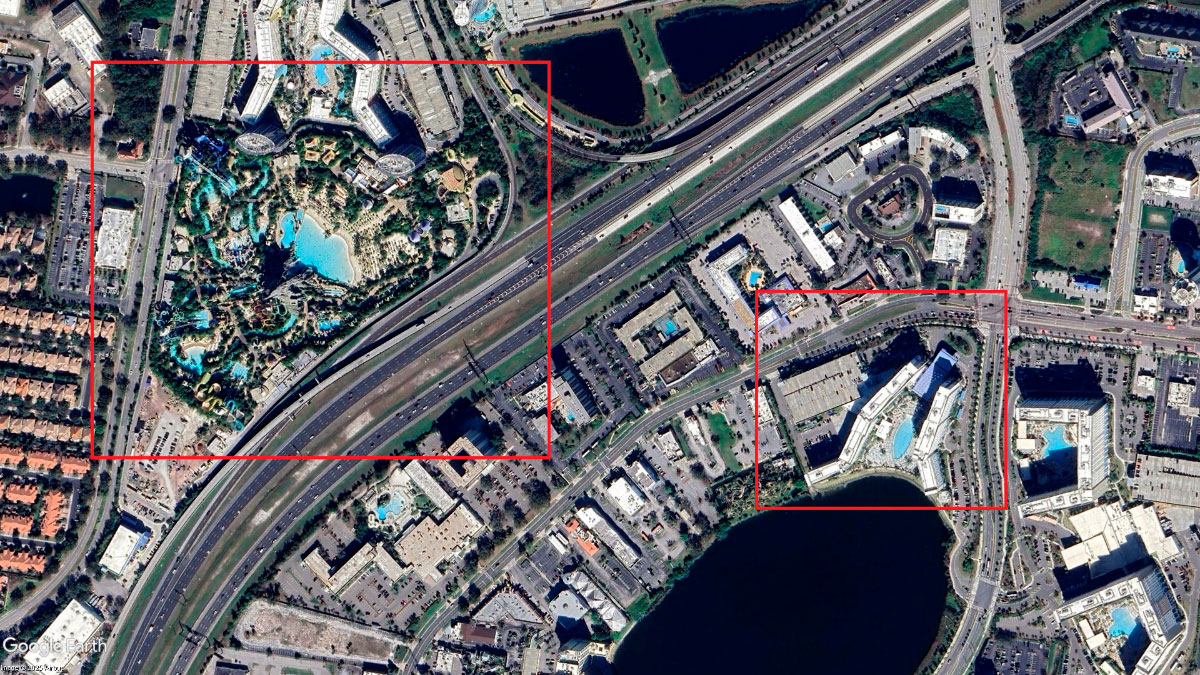
By Ángel Ibáñez Pérez, Senior MEP Engineer in the Architecture Department at Amusement Logic
Images: Google Earth


